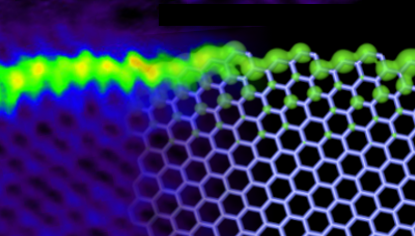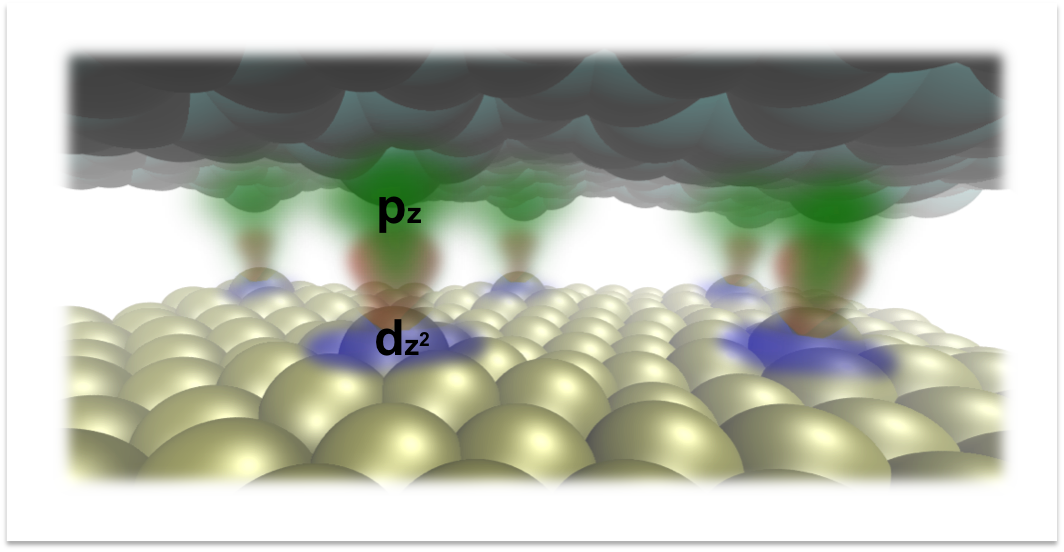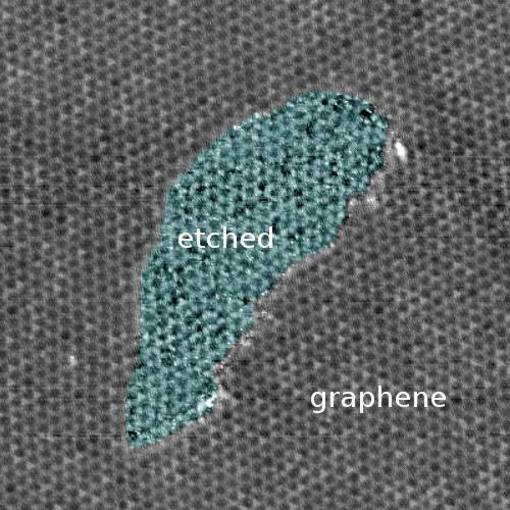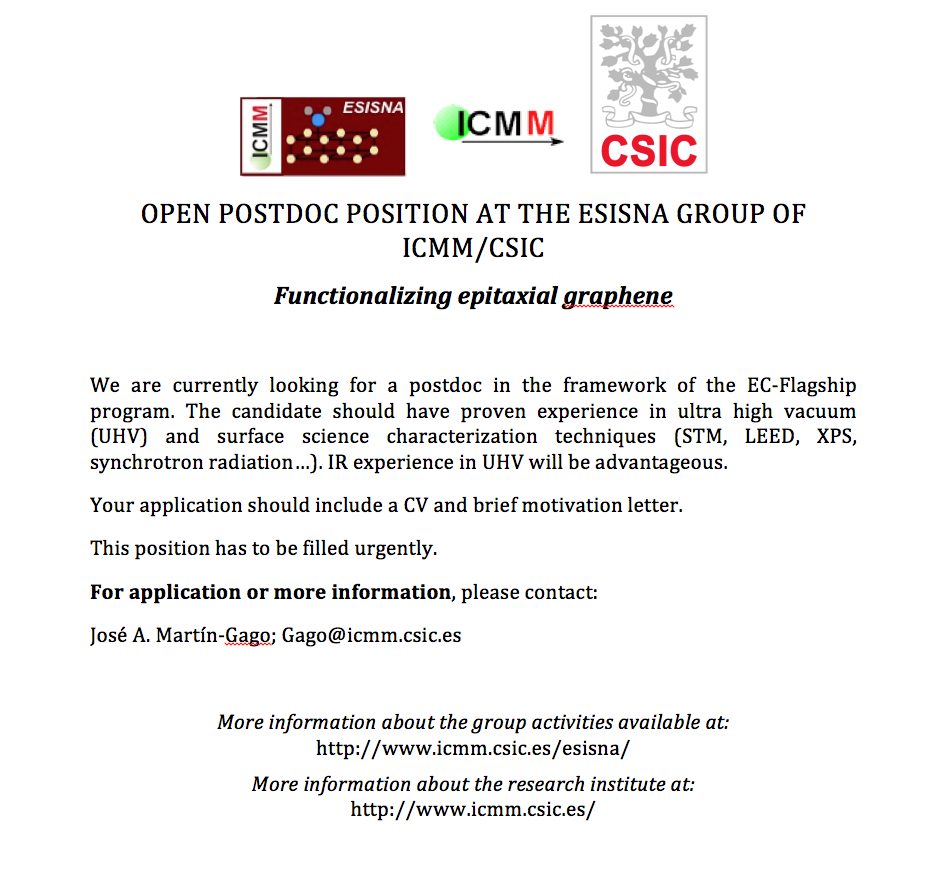Decoupling of PVD graphene by controlled oxygen intercalation (App. Surf. Sci. 2020)

In the last decade after graphene isolation in 2004, many methods have been developed for the synthesis of this material. The most used substrates have been metal surfaces, due to their catalytic action, which is helpful for the formation of graphene. However, the coupling of the graphene layer with the…










